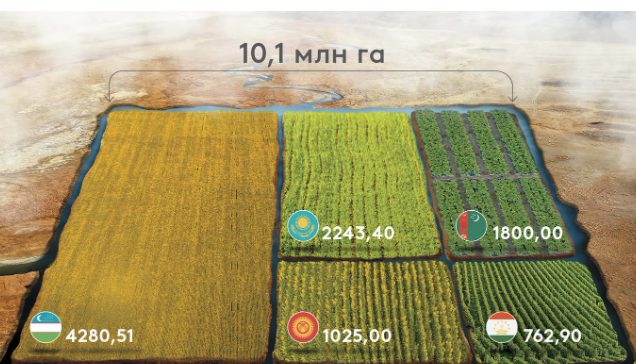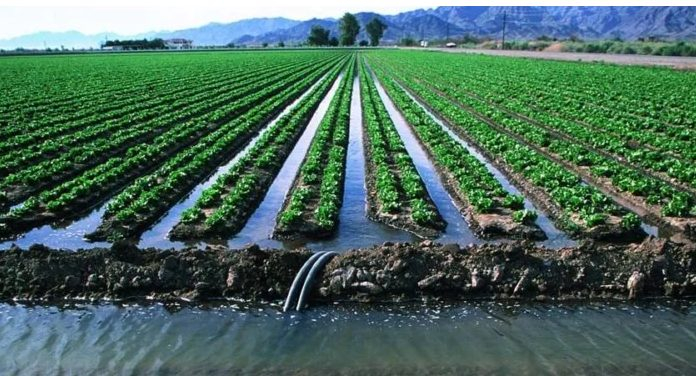#WaterManagement #CentralAsia #Agriculture #Sustainability #ClimateChange #IrrigationInnovation #EABR #WaterConservation #RegionalCooperation #PublicPrivatePartnerships
The Central Asian region, characterized by its vulnerability to climate change and rapid temperature increases, recently encountered a severe water deficit during the summer of 2023, significantly impacting agriculture. With the agricultural sector heavily reliant on irrigated farming, consuming up to 80% of the water supply and exhibiting inefficient water usage practices, urgent measures are imperative.
According to a recent study by EABR titled “Efficient Irrigation and Water Conservation in Central Asia,” ten practical steps have been proposed to address the challenges at both regional and national policy levels. These steps aim to annually save substantial water volumes, crucial for sustaining development.
The urgency of these measures is underscored by the anticipated reduction in the Amu Darya river flow. The deficit in water resources poses a structural constraint to the socio-economic development of Central Asia, exacerbating existing vulnerabilities to climate change. Rising temperatures, increased droughts, and alterations in hydrological patterns further compound the region’s water-related challenges.
In 2020, irrigated lands in Central Asia covered 10.1 million hectares, representing approximately 2.9% of the world’s irrigated lands. Despite their economic significance, these lands face issues such as salinization, aging irrigation infrastructure, and low water use efficiency. Notably, 40% of water is lost in irrigation canals, highlighting the need for a shift towards water conservation.
As the region anticipates a severe and chronic water deficit by 2028, the implementation of EABR’s proposed steps becomes paramount. Collaboration among governments, farmers, and multilateral institutions is essential for success.

EABR emphasizes the importance of a consolidated regional approach, suggesting the creation of the International Water-Energy Consortium for Central Asia (IWEC CA). This consortium could focus on both irrigation and energy projects, streamlining interactions with multilateral development banks and facilitating dialogue among regional stakeholders.
Additionally, EABR proposes the establishment of a Regional Production-Service Cluster specializing in modern irrigation equipment. With Central Asia ranking fifth globally in irrigated land area, this move aims to strengthen collaboration with Afghanistan, offering partnership schemes within existing water resource management mechanisms.
Transitioning to water conservation requires substantial financial resources and institutional solutions. EABR advocates for attracting significant investments, including public-private partnerships, drawing on global experiences that highlight the effectiveness of such funding models. Multilateral development banks operating in the region could play a pivotal role as financial operators, ensuring the successful implementation of complex projects.
In the face of mounting challenges, EABR’s comprehensive approach offers a ray of hope for Central Asia’s agricultural sustainability. The proposed steps, ranging from regional cooperation to technological advancements, underscore the need for a holistic strategy. By embracing these measures, Central Asia can pave the way for a resilient future, mitigating the impact of water scarcity and fostering sustainable agricultural practices.






